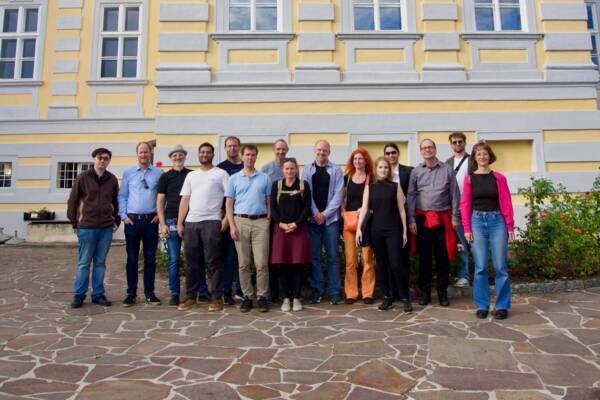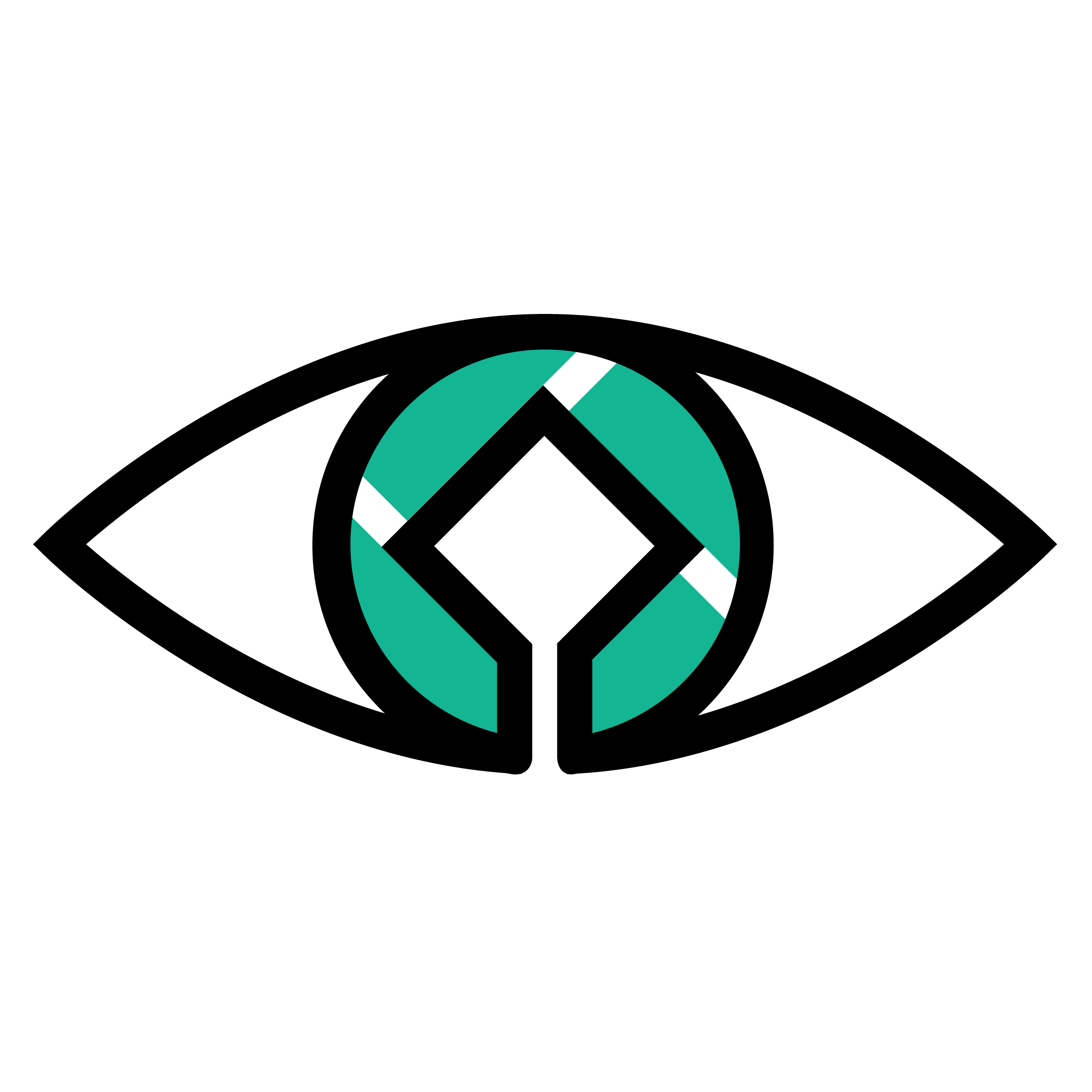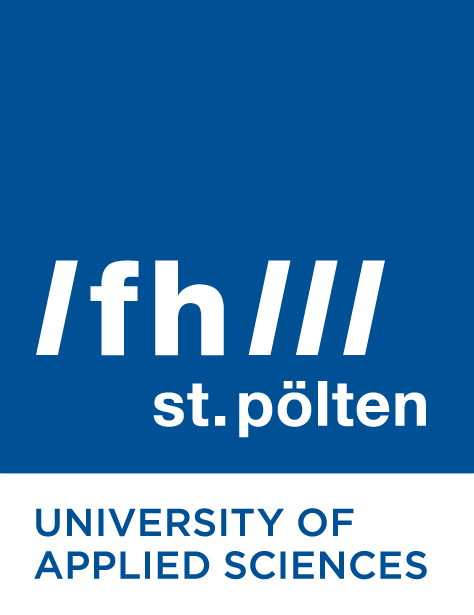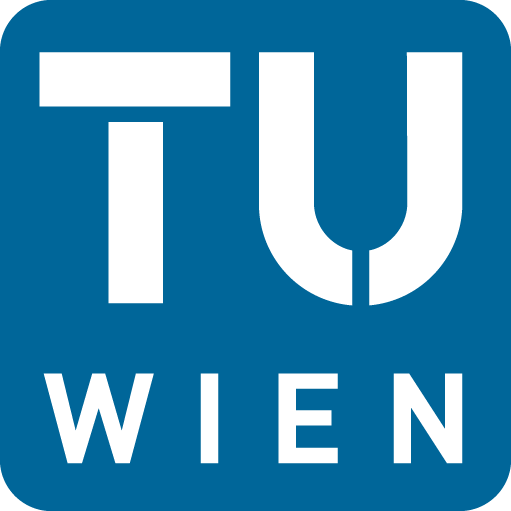First Doctoral Colloquium: Deepening problem understanding in world-heritage surroundings

Left to right: Tingyu Lin, Florian Kleber, Wolfgang Aigner, Nidham Tekaya, Andreas Maier (FAU Erlangen), Michael Loebenstein (Austrian Film Museum), Matthias Zeppelzauer, Manuela Waldner, Markus Seidl, Silvia Miksch, Michaela Tuscher, Armin Dadras, Gerik Scheuermann (University Leipzig), Markus Passecker, Anna Högner (Austrian Film Museum)
The first Visual Heritage Doctoral Colloquium took place Sept 10/11 in the beautiful Austrian region Wachau alongside the river Danube. The picturesque town of Dürnstein played host to the colloquium that brought together PhD students, core faculty, and members of the advisory board to discuss and advance the intersection of visual computing and cultural heritage. The attendants spent two days discussing and improving the status of the individual PhD topics.
The Wachau region is full of history and consequently the attendants of the doctoral colloquium could not only team up to deepen the mutual understanding between disciplines but also had the chance to be inspired by well-given insights into the Graphische Sammlung Stift Göttweig and an excursion to local agriculture.
Day 1: Setting the Stage
The first day of the colloquium began with an introduction to the agenda by Wolfgang Aigner, the coordinator of the PhD school. The goals of the event were clearly outlined: to update participants on the current status and planned work, deepen the understanding of cultural heritage domain problems among visual computing experts, and create a basis for further collaboration among participants.
The day featured a series of presentations and discussions. Notably, Michael Loebenstein and Anna Högner from the Austrian Film Museum as well Andreas Maier from FAU Nürnberg delivered invited talks, followed by status reports from PhD students Armin Dadras and Michaela Tuscher. These sessions provided insights into the topics and addressed the cultural heritage domain problems and data sources used.
Day 2: Deep Dives and Collaborative Efforts
The second day continued the momentum with a mix of presentations and work sessions. Gerik Scheuermann's invited talk on "Digital Music Heritage - Musicians, Music and Instruments" set the tone for the day, followed by status reports from PhD students Nidham Tekaya, Markus Passecker, and Tingyu Lin. These reports provided a comprehensive overview of the PhD proposals, research questions, and planned next steps.
The colloquium also featured "Mix & Match" work sessions, where participants engaged in parallel sessions with agile design thinking methods focusing on scenarios derived from humanities domain user perspectives. These sessions aimed to foster collaboration between disciplines and generate innovative ideas for the individual research topics.

Mag. Bernhard Rameder explains cultural treasures from the former chamber of curiosities at Stift Göttweig.
Cultural and Team-Building Activities
In addition to the academic sessions, the colloquium included cultural and team-building activities. Participants enjoyed an excursion to the Graphische Sammlung Stift Göttweig, guided by Mag. Bernhard Rameder, and a cultural activity at Domäne Wachau. These activities provided a relaxed environment for participants to bond and discuss their research in an informal setting.
Looking Ahead
The colloquium concluded with a wrap-up session, where participants shared the results of their work sessions and provided feedback. The event successfully achieved its goals, leaving participants generally with a deeper understanding of the challenges and opportunities in the field of visual heritage and more specifically with valuable inputs for their individual PhD topics.





























